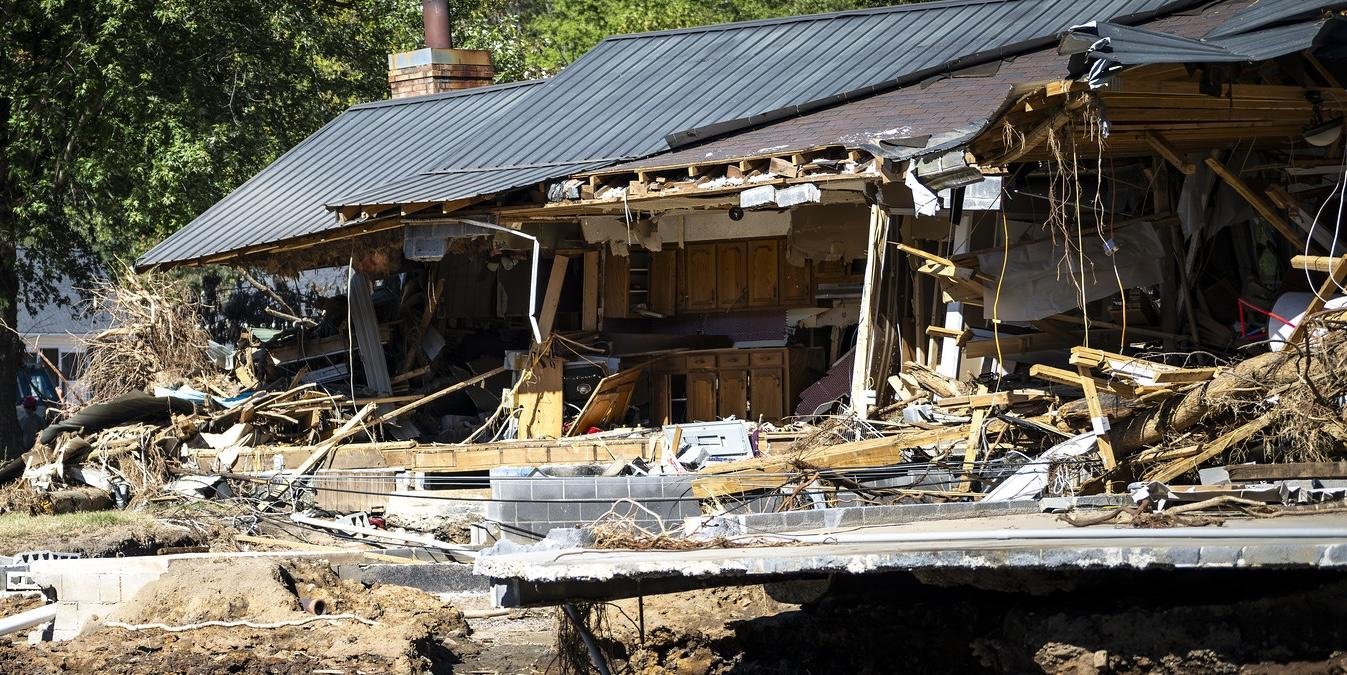Business
Americans Grapple with Home Insurance Crisis Amid Intensifying Disasters – The Role of Companies in Shaping Coverage

Home insurance rates are climbing across the United States, reflecting a significant industry shift. In 2023, homeowners insurance premiums increased by an average of 11.3% nationwide, according to S&P Global Market Intelligence. Certain states, including Texas, Arizona, and Utah, reported almost double that increase. Predictions indicate an average rise of about 6% for 2024.
This upward trend is largely attributed to escalating insurance payouts and the rising costs associated with construction. As people invest in increasingly expensive homes, their exposure to risk grows. The national average for home insurance now stands at approximately $2,377 per year, while Florida homeowners face staggering averages of $11,000, putting further strain on budgets. Jacques de Vaucleroy, chairman of the board at Swiss Re, remarked that U.S. insurance premiums still fall short of adequately covering associated risks.
But rising premiums are only part of the story. Insurers are now frequently adjusting coverage limits, imposing higher deductibles, and introducing new exclusions for common perils such as wind, hail, and water damage. Homeowners in flood-prone areas or those at risk of wildfires can expect pricing models to reflect their specific risks, which complicates affordability for many.
Concern is mounting among industry experts that these changes may diminish the perceived value of insurance. A combination of shrinking coverage and rising costs can erode consumer trust, especially as certain insurers face mounting financial challenges. In the past couple of years, Florida has seen several property insurers file for bankruptcy, highlighting the industry’s precarious state.
Risk assessment remains a complicated process for insurance companies. They rely on historical data to inform pricing and coverage decisions. However, as natural disasters become more frequent and severe, the validity of past trends diminishes. Events typically classified as “100-year occurrences” are now reassessed; some may occur within a span of several decades instead.
The so-called “secondary perils,” which include floods and wildfires, are increasingly becoming primary drivers of insurability challenges. These events inflict cumulative damage that strains profitability. Climate change exacerbates these risks, as rising temperatures lead to more intense weather events, complicating risk models for insurers.
Reinsurers, who provide insurance for insurance companies, are grappling with similar issues. Property reinsurance rates increased by 35% in 2023 as the risks have become less predictable. To adapt, some insurers are shifting toward parametric insurance models, which offer predefined payouts for specific events. While this reduces costs for consumers, it also shifts more risk onto policyholders.
Regulatory oversight plays a critical role in this evolving landscape. State insurance regulators assess companies’ rate hike requests, either approving or denying them. For example, in North Carolina—a state heavily impacted by Hurricane Helene—homeowners could see an average premium increase of over 42%. Denied rate hikes could force insurers to exit markets or cancel policies when profitability becomes unsustainable.
In response to these challenges, states like California and Florida are implementing regulatory changes. California seeks to expedite rate increase approvals, incorporating climate models to better assess risks. Meanwhile, Florida has reformed its regulations, resulting in eight new insurers entering the market since 2022.
Looking forward, the mounting insurance crisis may prompt reevaluation of construction practices. Strengthening building codes could lead to more resilient structures, potentially saving insurers billions. If affordability continues to decline, property values in vulnerable areas may plummet, revealing the broader implications of climate change on the insurance sector and financial markets.
Contributions to this report were made by Justin D’Atri, Climate Coach at Adaptify U and a Sustainability Transformation Lead at Zurich Insurance Group.


















